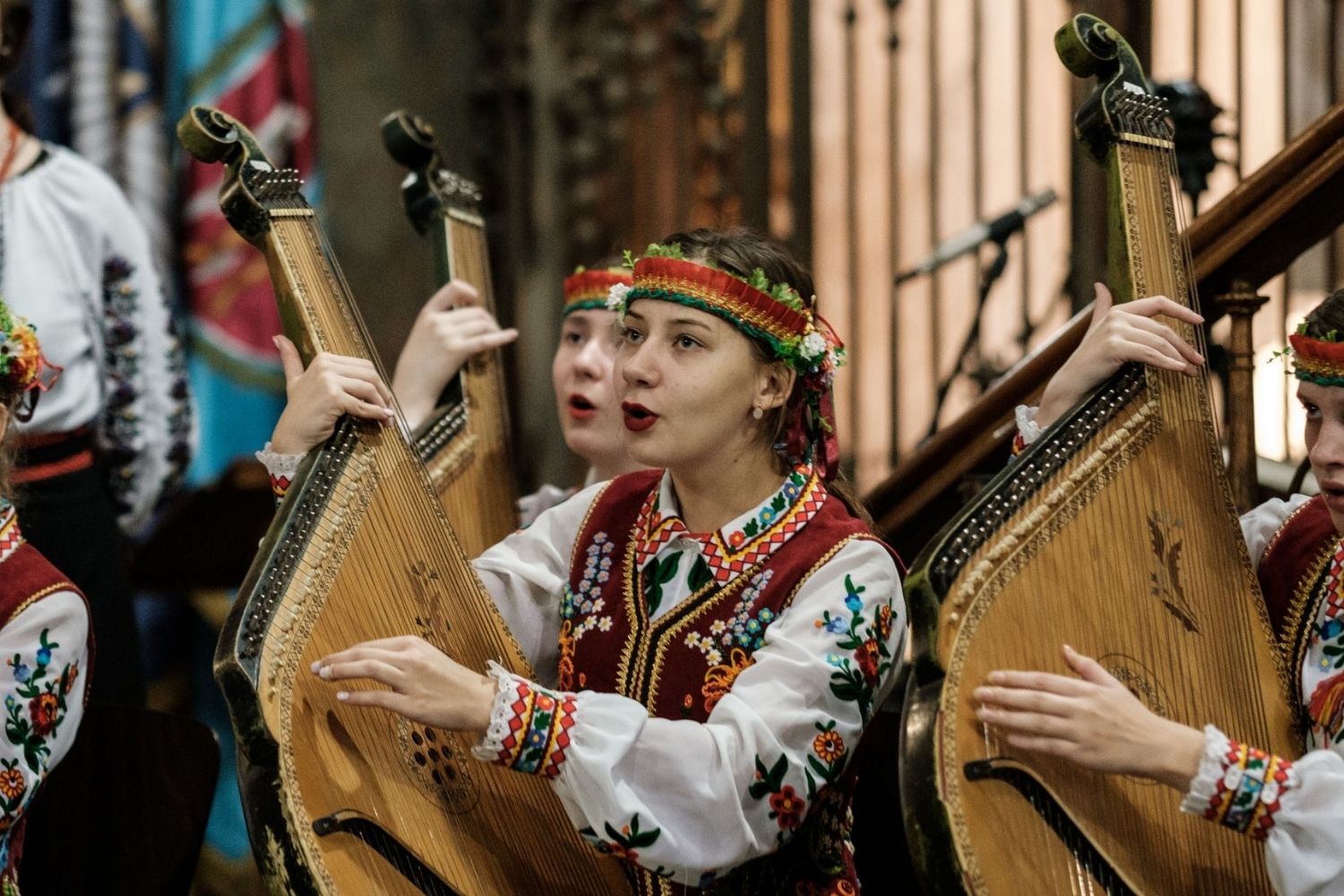
Ethnic music is a rich tapestry of sounds and stories from around the globe. What makes ethnic music unique? It's the heartbeats of diverse cultures, each with its own rhythm, instruments, and traditions. From the soulful tunes of African drums to the intricate melodies of Indian sitars, ethnic music connects us to our roots and each other. This genre isn't just about entertainment; it’s a way to preserve history, celebrate heritage, and express identity. Whether you're a seasoned listener or new to these sounds, exploring ethnic music can be a journey through time and across continents. Ready to dive into the world of ethnic music? Let's explore 18 fascinating facts that showcase its beauty and significance.
Key Takeaways:
- Ethnic music reflects the history and traditions of diverse cultures, using unique instruments and sounds to tell stories and play vital roles in rituals and ceremonies.
- Efforts to preserve and revive ethnic music are crucial, with modern adaptations and global reach ensuring its continued relevance and accessibility.
What is Ethnic Music?
Ethnic music, also known as traditional or folk music, represents the cultural heritage of a specific group of people. It reflects their history, beliefs, and traditions. Here are some fascinating facts about ethnic music from around the world.
Origins and History
Understanding where ethnic music comes from helps appreciate its depth and richness.
-
Ancient Roots: Many forms of ethnic music date back thousands of years. For example, traditional Chinese music has origins in the Zhou Dynasty (1046-256 BCE).
-
Oral Tradition: Ethnic music is often passed down orally from generation to generation, preserving its authenticity and cultural significance.
-
Cultural Identity: This music serves as a crucial part of cultural identity, helping communities maintain their unique traditions and customs.
Instruments and Sounds
The instruments used in ethnic music are as diverse as the cultures they come from.
-
Unique Instruments: Each culture has its unique instruments. The sitar from India, the djembe from West Africa, and the didgeridoo from Australia are just a few examples.
-
Natural Materials: Many traditional instruments are made from natural materials like wood, animal skins, and bones, reflecting the resources available to the people who created them.
-
Distinctive Sounds: Ethnic music often features distinctive sounds and scales not found in Western music, such as the pentatonic scale in Chinese music or the microtones in Middle Eastern music.
Cultural Significance
Ethnic music is more than just entertainment; it plays a vital role in cultural practices and rituals.
-
Rituals and Ceremonies: Many cultures use music in rituals and ceremonies, such as weddings, funerals, and religious events.
-
Storytelling: Traditional songs often tell stories of historical events, legends, and myths, preserving the history and values of a community.
-
Dance and Music: In many cultures, music and dance are inseparable. For example, in African cultures, drumming and dancing are integral parts of social and religious gatherings.
Global Influence
Ethnic music has influenced and been influenced by other musical traditions around the world.
-
Fusion Genres: Modern music often incorporates elements of ethnic music, creating fusion genres like Afrobeat, Latin jazz, and Celtic rock.
-
World Music Movement: The world music movement of the 1980s and 1990s helped bring ethnic music to a global audience, promoting cross-cultural understanding and appreciation.
-
Cultural Exchange: Musicians from different cultures often collaborate, blending their unique sounds and creating new, innovative music.
Preservation and Revival
Efforts to preserve and revive ethnic music are crucial for maintaining cultural heritage.
-
Ethnomusicology: The study of ethnic music, known as ethnomusicology, helps document and preserve traditional music for future generations.
-
Music Festivals: Many countries host music festivals that celebrate ethnic music, providing a platform for traditional musicians to perform and share their art.
-
Educational Programs: Schools and universities around the world offer programs in traditional music, ensuring that young people learn and appreciate their cultural heritage.
Modern Adaptations
Ethnic music continues to evolve, adapting to modern times while retaining its traditional roots.
-
Contemporary Artists: Many contemporary artists incorporate elements of ethnic music into their work, creating a bridge between the past and the present.
-
Digital Preservation: Technology plays a significant role in preserving ethnic music. Digital recordings and online platforms make it easier to access and share traditional music.
-
Global Reach: The internet has made ethnic music more accessible than ever before, allowing people from all over the world to explore and appreciate different musical traditions.
The Final Note on Ethnic Music
Ethnic music, with its rich history and diverse sounds, offers a unique window into the cultures and traditions of people around the world. From the rhythmic beats of African drums to the haunting melodies of Native American flutes, each genre tells a story that transcends time and borders. This music not only preserves heritage but also fosters a sense of community and identity among its listeners. Whether you're exploring the intricate patterns of Indian classical music or the vibrant tunes of Latin American folk songs, there's always something new to learn and appreciate. So next time you hear a piece of ethnic music, take a moment to reflect on the history and culture it represents. Dive into the world of ethnic music and let it broaden your horizons, enrich your understanding, and connect you to the global tapestry of human expression.
Frequently Asked Questions
Was this page helpful?
Our commitment to delivering trustworthy and engaging content is at the heart of what we do. Each fact on our site is contributed by real users like you, bringing a wealth of diverse insights and information. To ensure the highest standards of accuracy and reliability, our dedicated editors meticulously review each submission. This process guarantees that the facts we share are not only fascinating but also credible. Trust in our commitment to quality and authenticity as you explore and learn with us.
